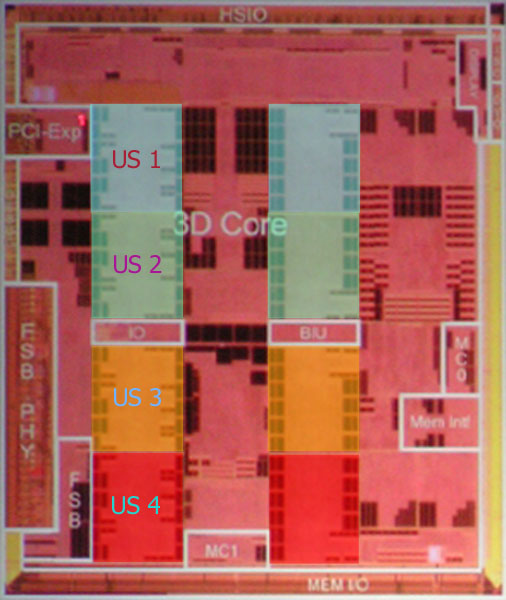scificube said:SI didn't know that shaders could use any instruction from the ISA with Xenos. I asked before on this forum and was told X360 devs would still have to use vertex and pixel shaders...but if those shaders can use any instruction then aren't shaders unified at the software level? Or is it more like...a pixel op can now be used with vertex data and visa-versa and there are still distinct shader types? The latter sounds more powerful to me but maybe isn't a flexible as the former. Any thoughts on this? Seem an interesting topic to me. I wonder what the possibilities are.
The vertex and pixel shader programs have access to the same instruction set. They're still seperate programs from a software perspective, though.


